NASCAR All-Star Race Format, History, and What's Right (and Wrong) With All-Star Concept
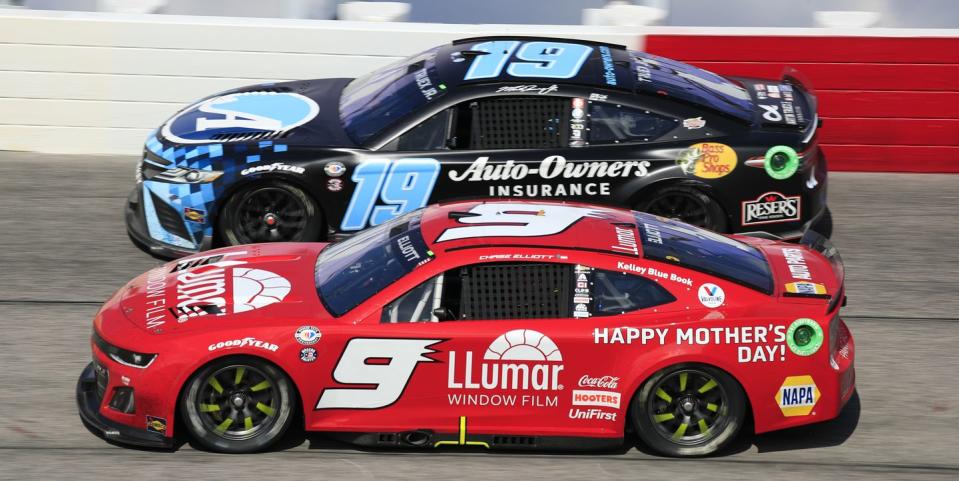
NASCAR’s 200-lap All-Star Race at North Wilkesboro (N.C.) Speedway on May 21 will feature plenty of legitimate “stars.” Among them: former Cup Series champions Kyle Busch, Kyle Larson, Joey Logano, Brad Keselowski, Chase Elliott, Martin Truex Jr., and Kevin Harvick. Combined, they have 260 Cup Series victories and nine championships.
Stars, all. No question about it.
Who's Automatically In?
In addition to the seven champions, it’ll also feature former all-star race winner Ryan Blaney, plus race winners from last year through last weekend. In that group are Christopher Bell, Chase Briscoe, Chris Buescher, William Byron, Ross Chastain, Austin Cindric, Austin Dillon, Denny Hamlin, Eric Jones, Tyler Reddick, Ricky Stenhouse Jr., Daniel Suarez, and Bubba Wallace. (Alex Bowman and Kurt Busch are eligible, but neither is active due to racing-related injuries).
All-Stars? Well … some of them, depending on how you define the term. Hamlin, a 49-time winner? Absolutely a star; no question about it. But one-time winners Briscoe, Cindric, and Suarez? Maybe not so much.
Those seven series champions and the other 14 are assured of being on the 24-car grid for Sunday's 8 p.m. feature.
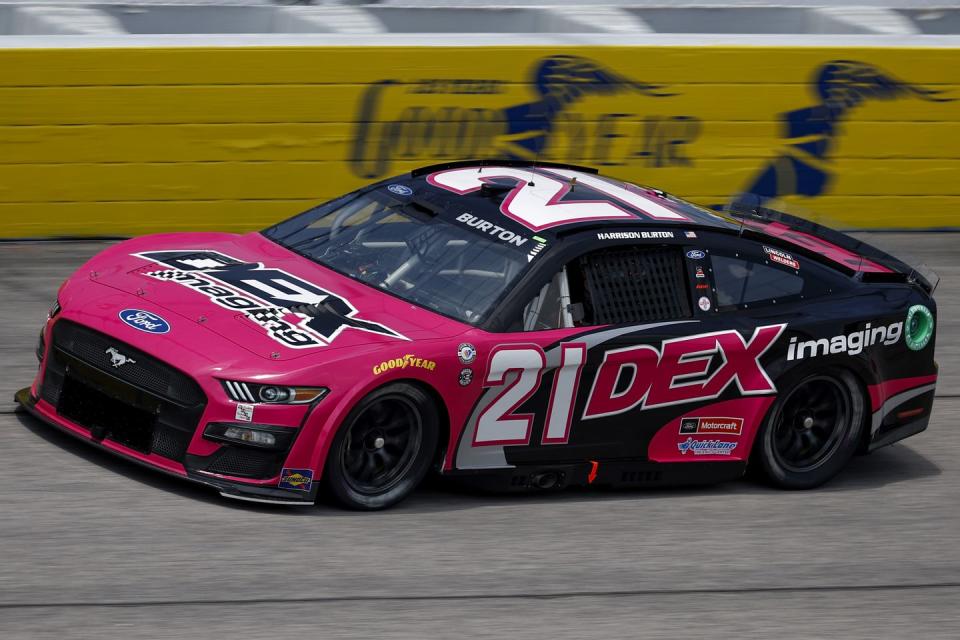
How About the Other Three Spots?
A Sunday afternoon consolation race will add two more to the grid and a fan vote will fill the 24th and final starting spot. Among those hoping to transfer from the qualifier or get the fan vote: J.J. Yeley, Corey LaJoie, Harrison Burton, Chandler Smith, B.J. McLeod, Ty Gibbs, and Josh Berry. Combined, they are winless in 786 in Cup Series starts.
“Stars” of any magnitude? Hardly. Not yet, anyway.
The possibility of perhaps three winless drivers in the 200-lap “all-star race” is difficult to accept and a radical departure from the sport’s first All-Star Race 38 years ago. (FYI: NASCAR arrived very late to the all-star party. MLB’s first all-star game was in 1933; the NFL’s first was in 1939; the NHL’s in 1947; and the NBA’s in 1951. It can be argued that NASCAR has an all-star race 36 times a year since everyone who’s anyone in the sport is there every weekend).
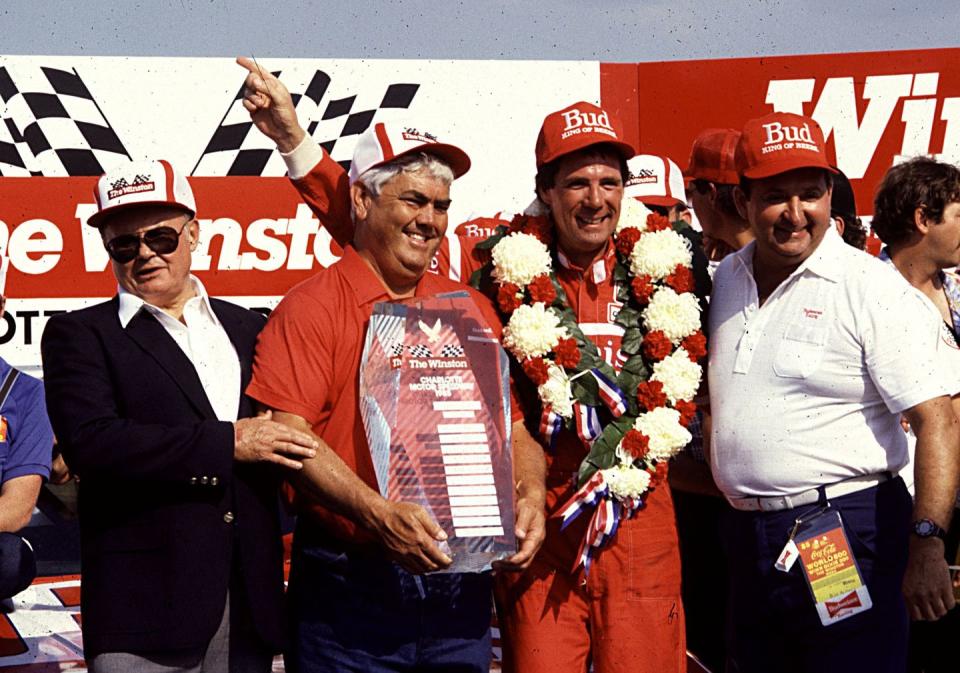
History of the All-Star Race
The organization’s first “official” All-Star Race was at Charlotte Motor Speedway in May of 1985. With millions to spend on motorsports in order to advertise its products, the R.J. Reynolds Tobacco Co. bankrolled the event and called it “The Winston.” It had a true “all-star” feel since only the 12 winners from the previous season—including eight former or future champions—were invited. There was no support race that day, simply 12 cars qualifying as always and then running 70 straight-up laps with $200,000 of the $5000,000 purse for the winner.
The only difference between “The Winston” and every other Cup Series race that year was the size of the field, a $10,000 bonus for leading at lap 20 (Terry Labonte won it), and a mandatory pit stop. Darrell Waltrip led much of the day and won by passing Harry Gant on the next-to-last lap. Waltrip’s engine blew at the checkered flag, leading to endless suspicion that it was intentional so officials couldn’t check it in post-race inspection.
That was the first of two all-star events with drivers who could comfortably be called “all-stars.” The ill-fated exhibition a year later on Mother’s Day in Atlanta featured only 10 drivers—Bill Elliott simply blew everyone away and won easily—and drew maybe 19,000 fans. When it came time for NASCAR and RJR to plan the 1987 event, they realized they needed more than just 10 or 12 big-name drivers to put on a marketable show.
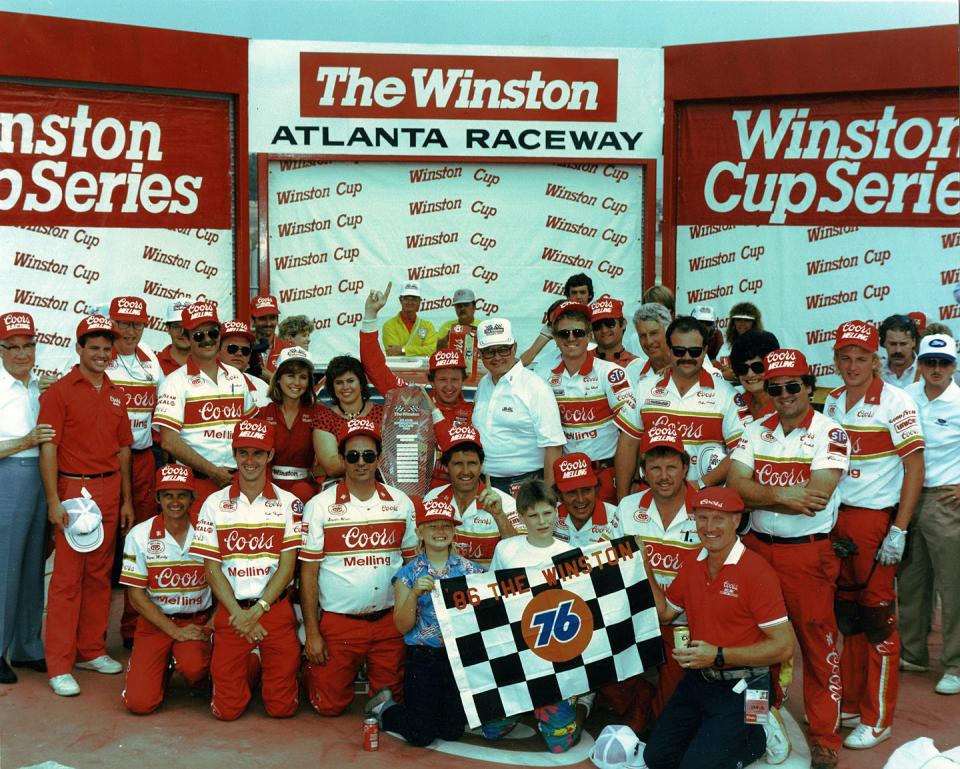
Thus began a series of annual rules changes to attract more drivers and—just as important—their fans. Early on, winners of the first five all-star races were automatically eligible, regardless of their recent performance record. The rule was soon changed so any all-star winner or Cup Series champion from the previous 10 years was eligible. Later, the rule was expanded again, this time to include any all-star winner or Cup Series champion, regardless of the time frame. For years, eligibility requirements for the all-star race seemed to change every year in hopes of including almost everyone with a helmet and Nomex underwear.
In time, the all-star field was open to the 19 most recent winners (regardless of when they had won), plus the winner from the consolation race, and a fan favorite. At times, NASCAR and the event sponsors added a second consolation race to advance even more drivers into the main event. And there was a time when only the top-50 in current or the previous year’s points were allowed in the consolation races… even though there were seldom 50 drivers who could honestly be called “all-stars.”
This Year's Format
There have been all-star races with between one and five segments of varying distances. Some formats were designed with inverted restarts, sprints to the finish to almost ensure late-race excitement, and do-overs with backup cars in case of multi-car crashes at the beginning. The number of drivers advancing from the consolation races to the feature has varied over the years. Mandatory two- or four-tire pit stops during specific segments have always been part of the formats.
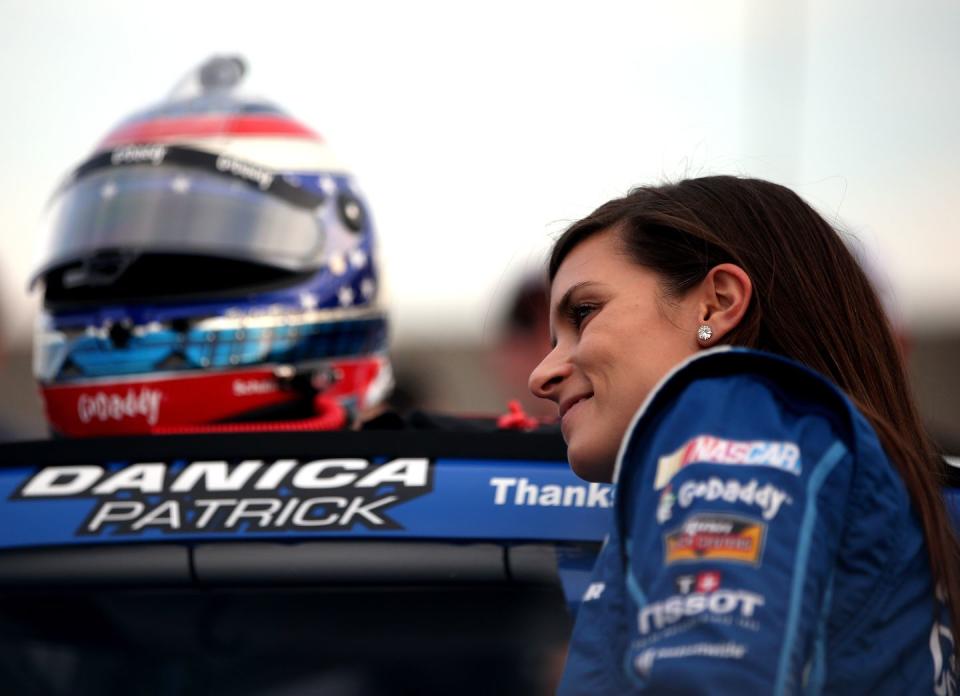
This weekend’s format is fairly simple:
• The 21 all-stars will qualify on Friday based on a pit-crew challenge.
• They will run a pair of 60-lap heat races on Saturday night; the finish order of each race will set the inside and outside rows for the Sunday night feature.
• A 100-lap consolation race late Sunday afternoon will include anyone not already in the all-star race. The top two finishers and the fan vote winner will be added to the back of the all-star grid.
Don’t be surprised if at least one winless driver makes it into the feature. Danica Patrick did it in 2015 and 2016. So did Sam Hornish in 2015. Josh Wise made the all-star grid in 2014 and Matt DiBenedetto in 2021.
After all, this is simply a show. Call it an “all-star” race if you wish, but sometimes that doesn’t mean anything.

 Yahoo Autos
Yahoo Autos 